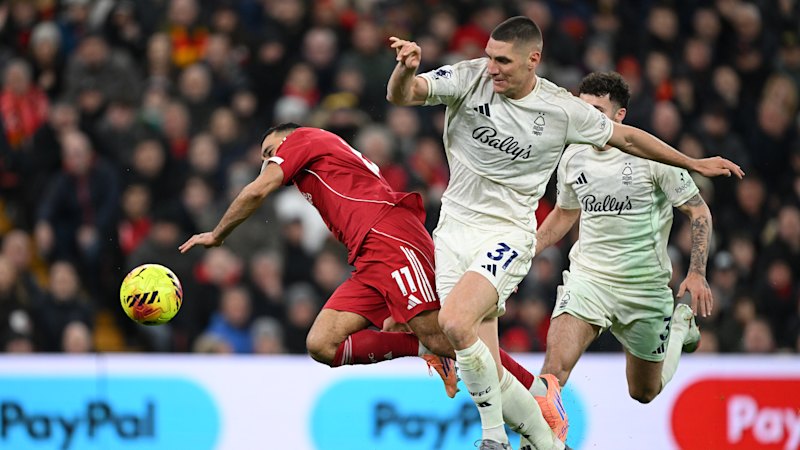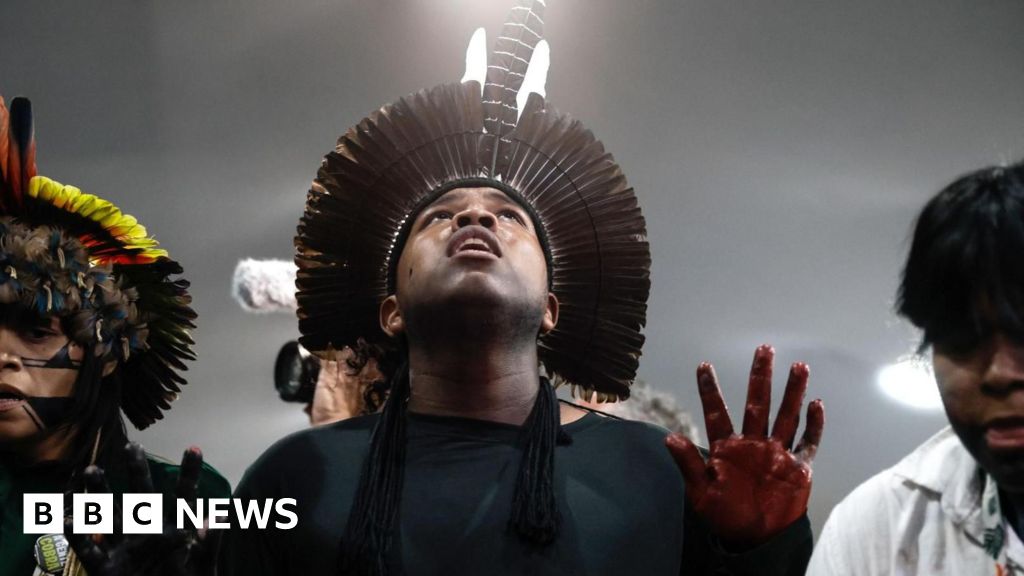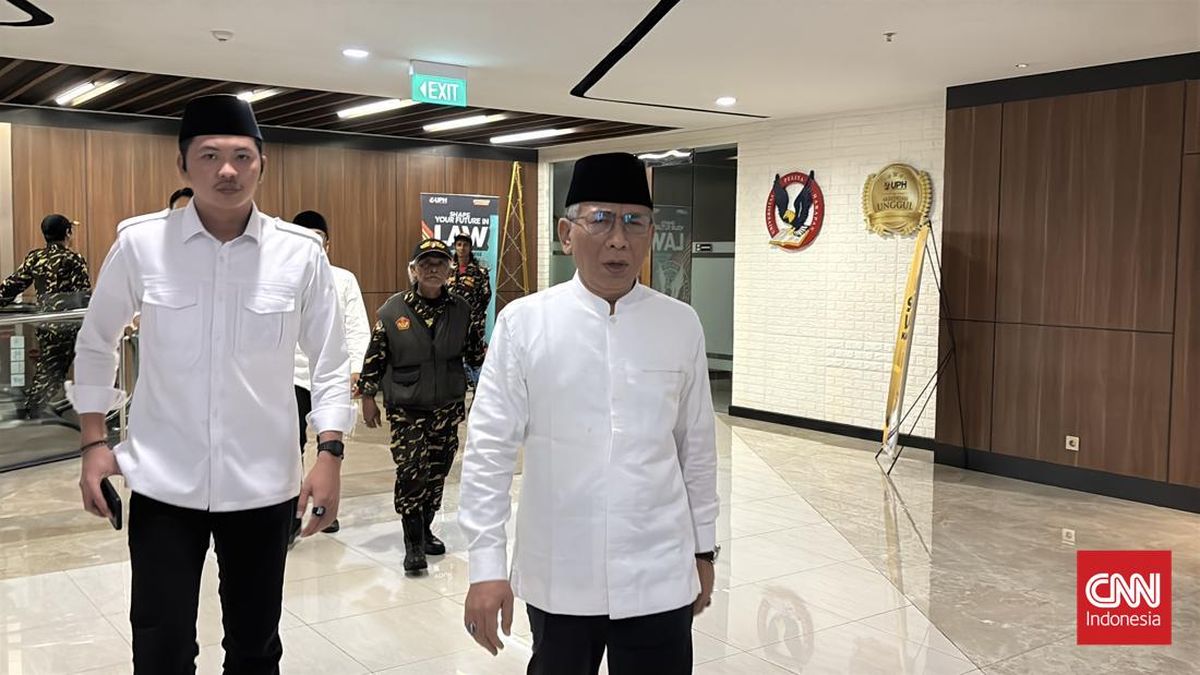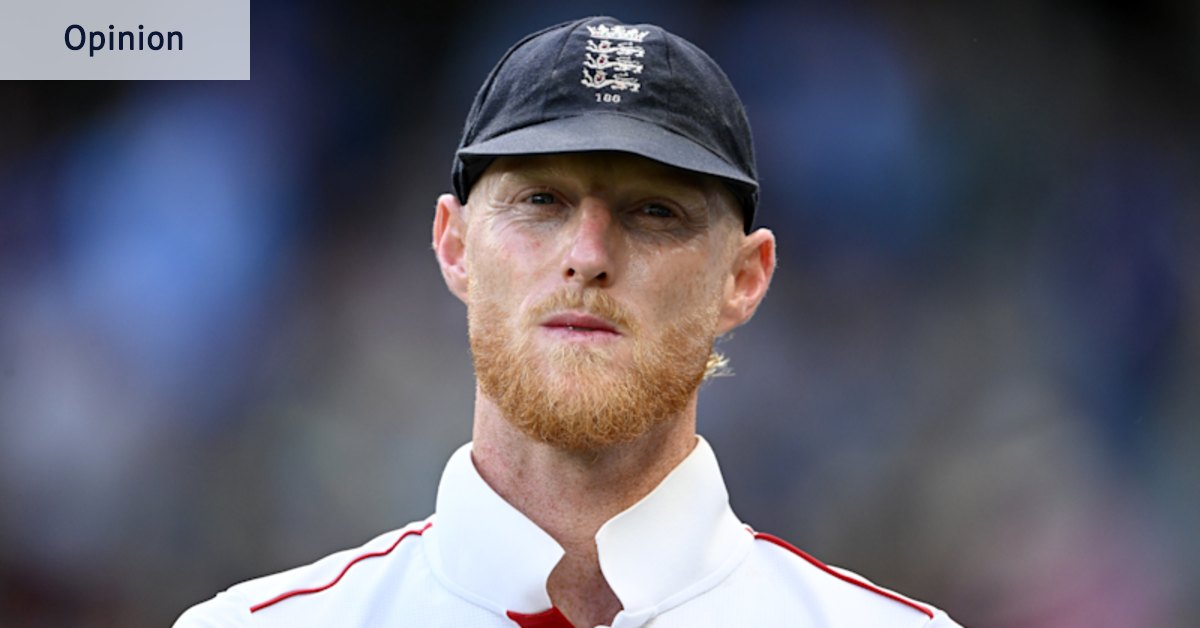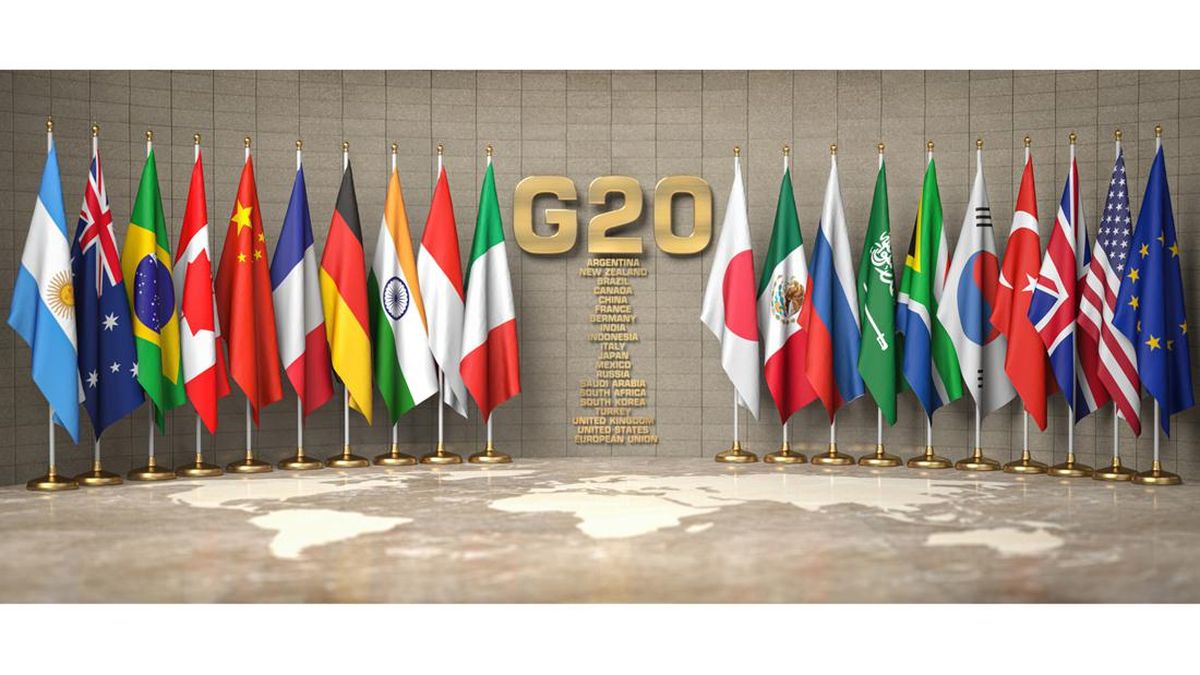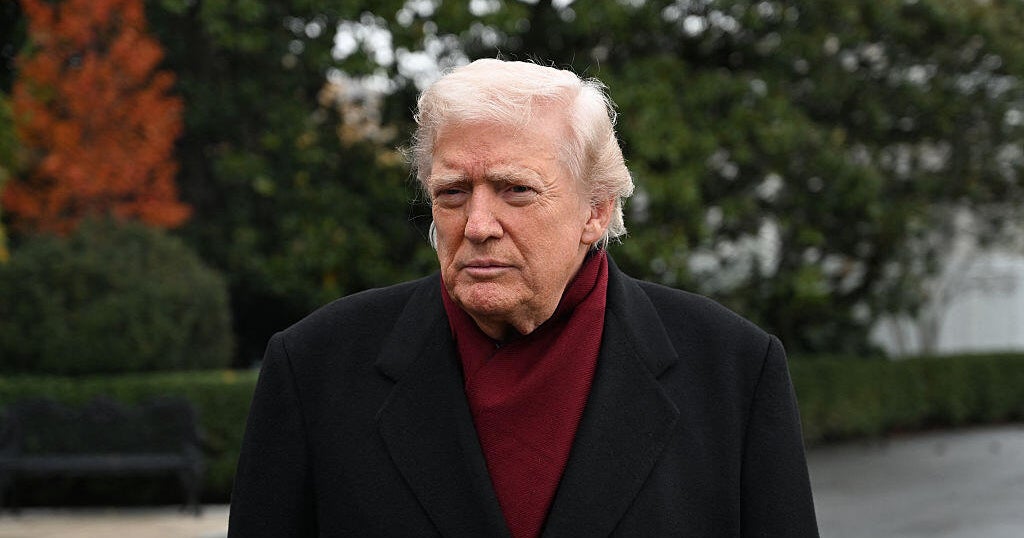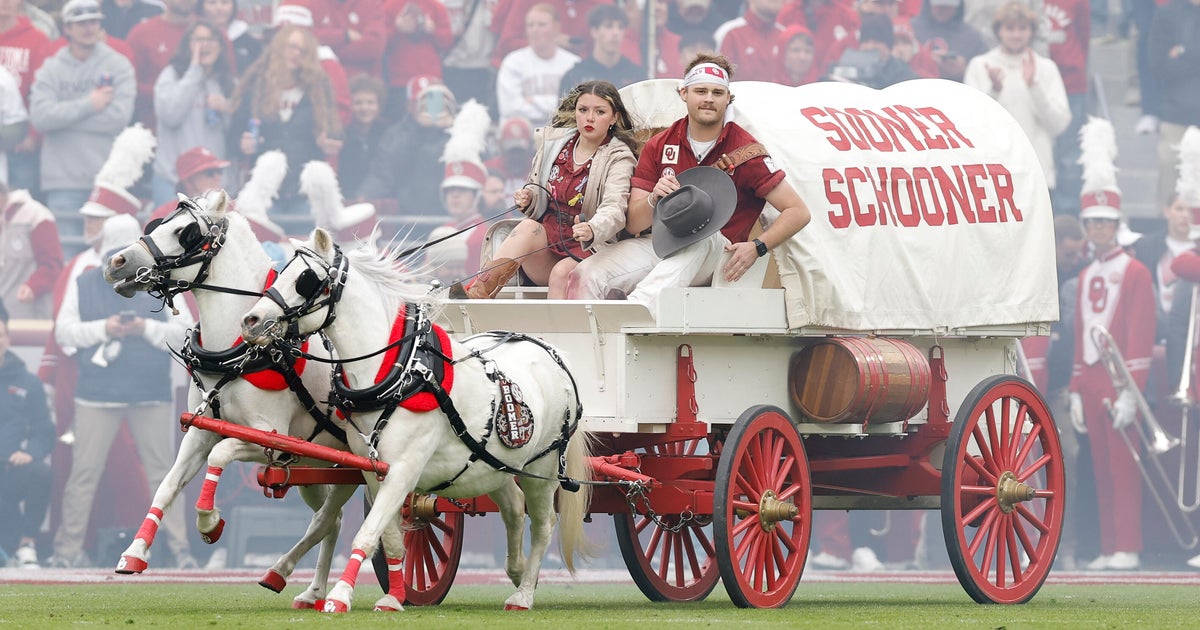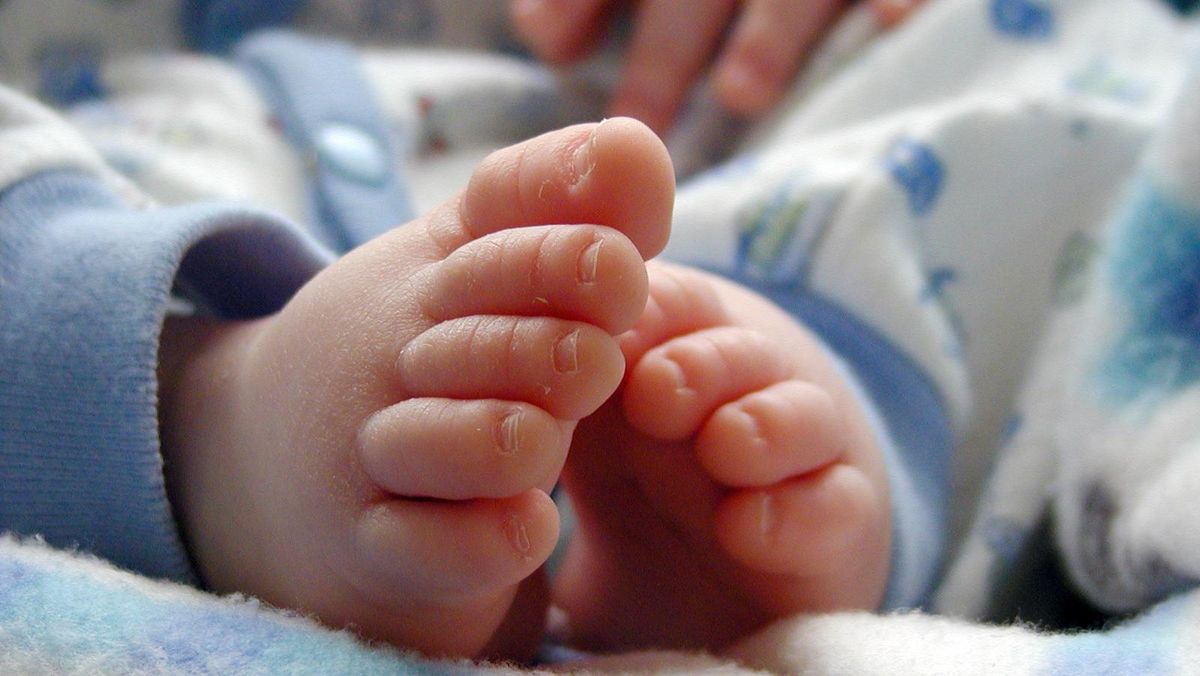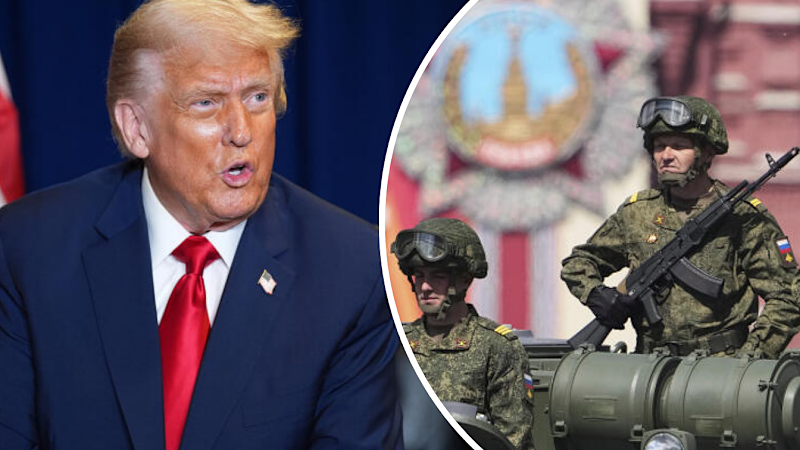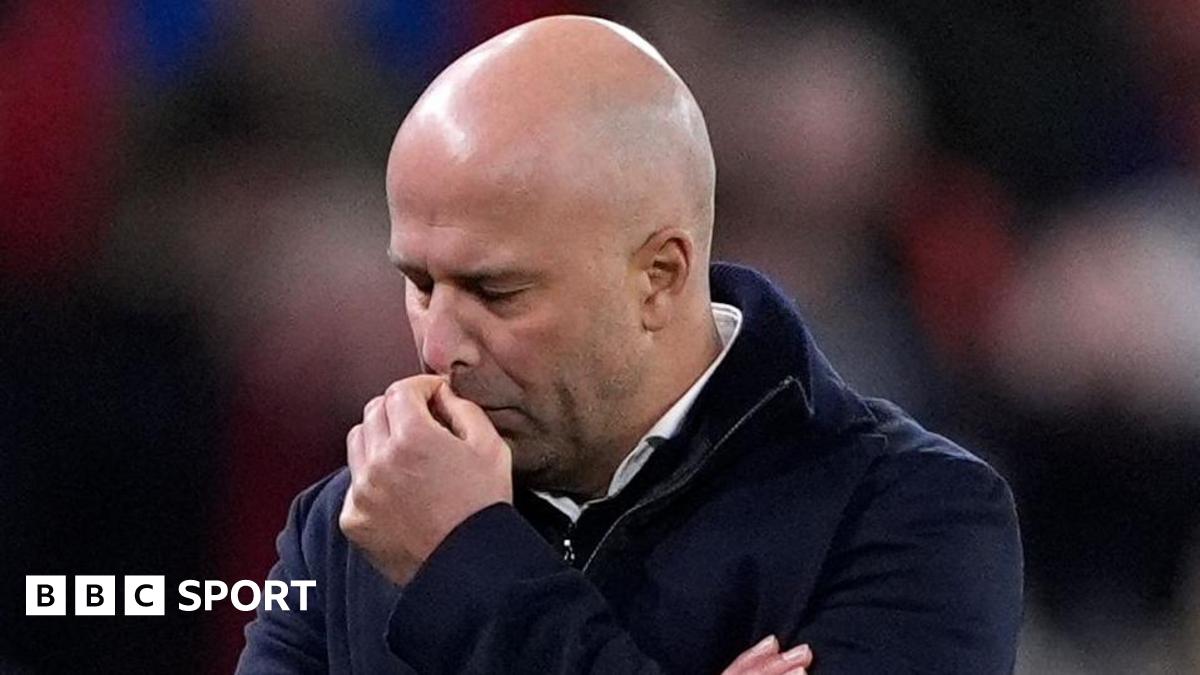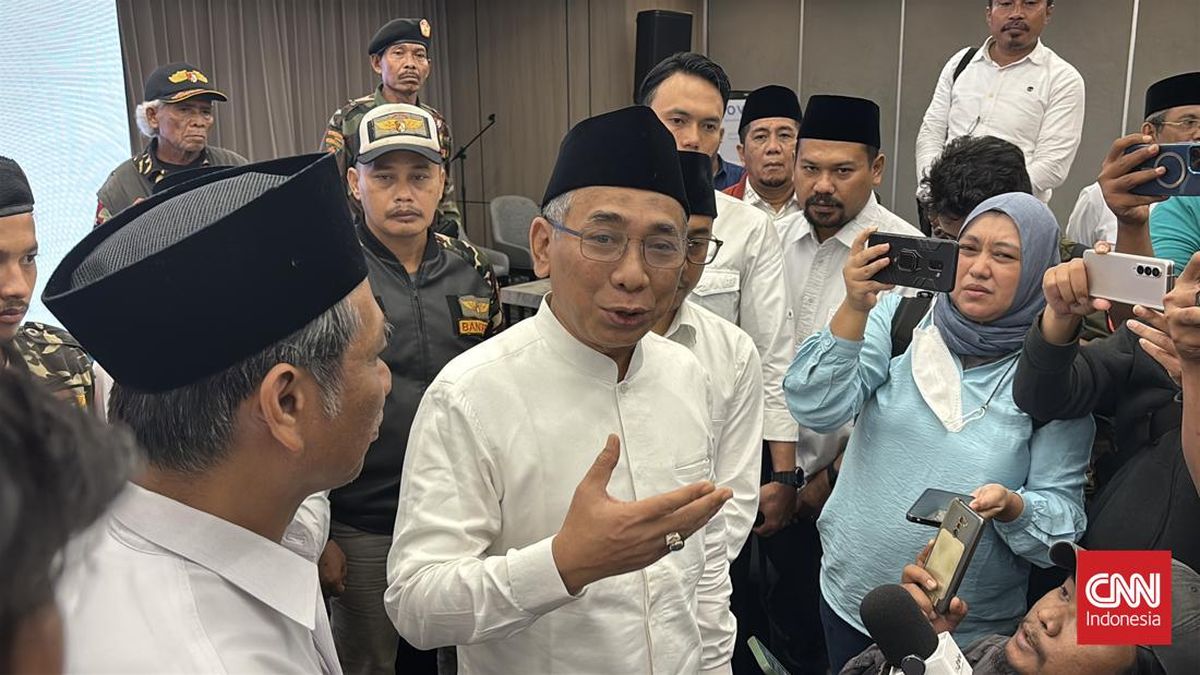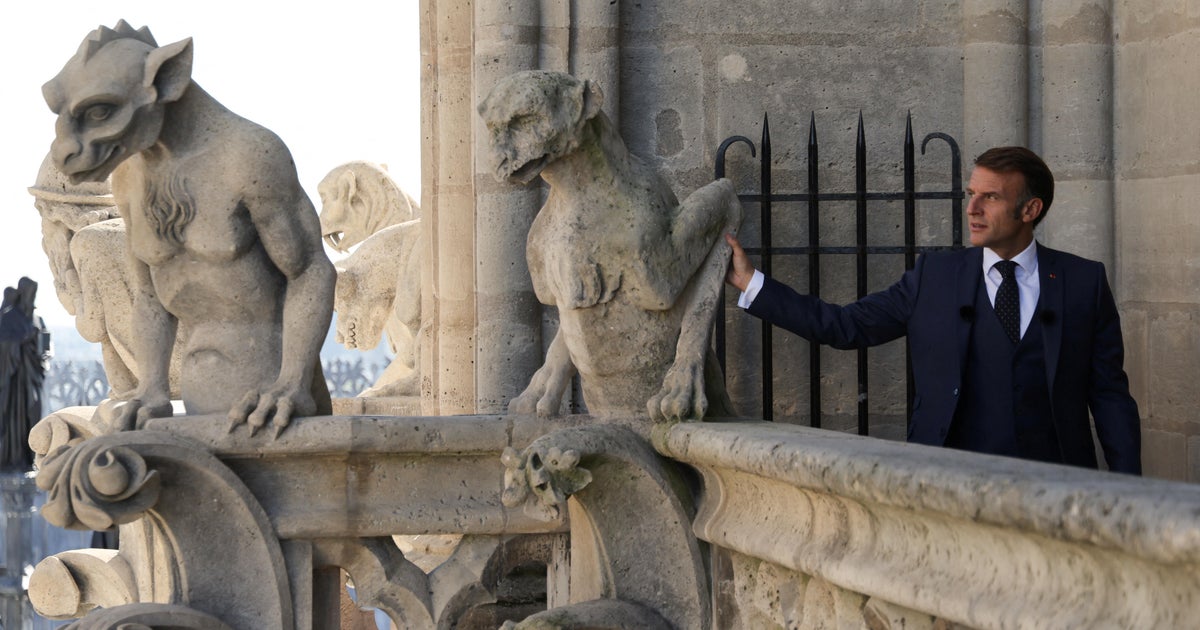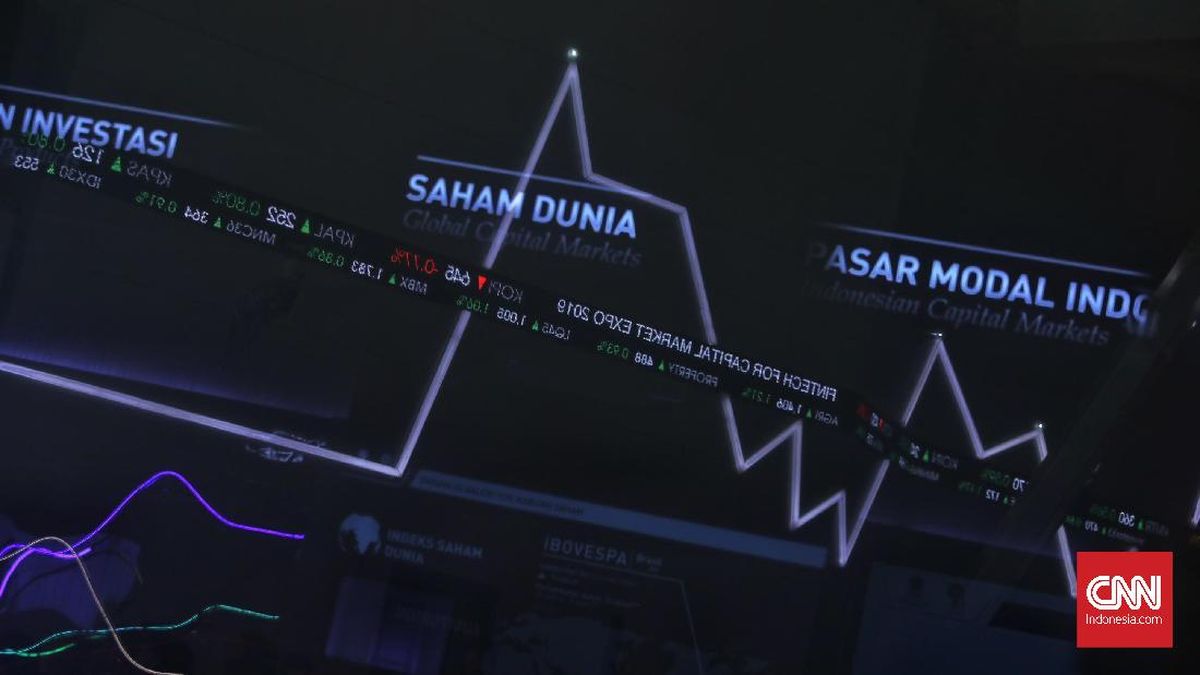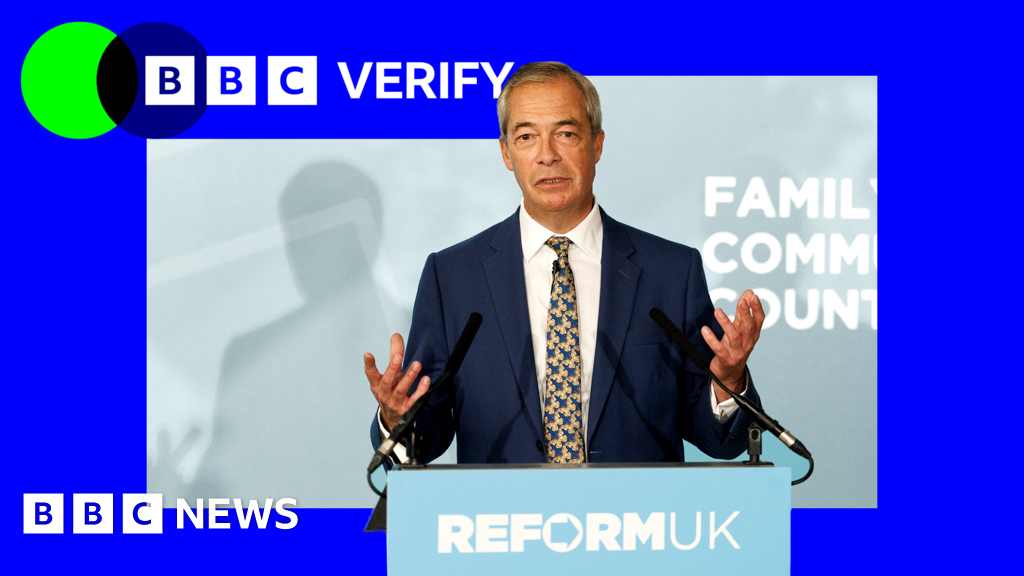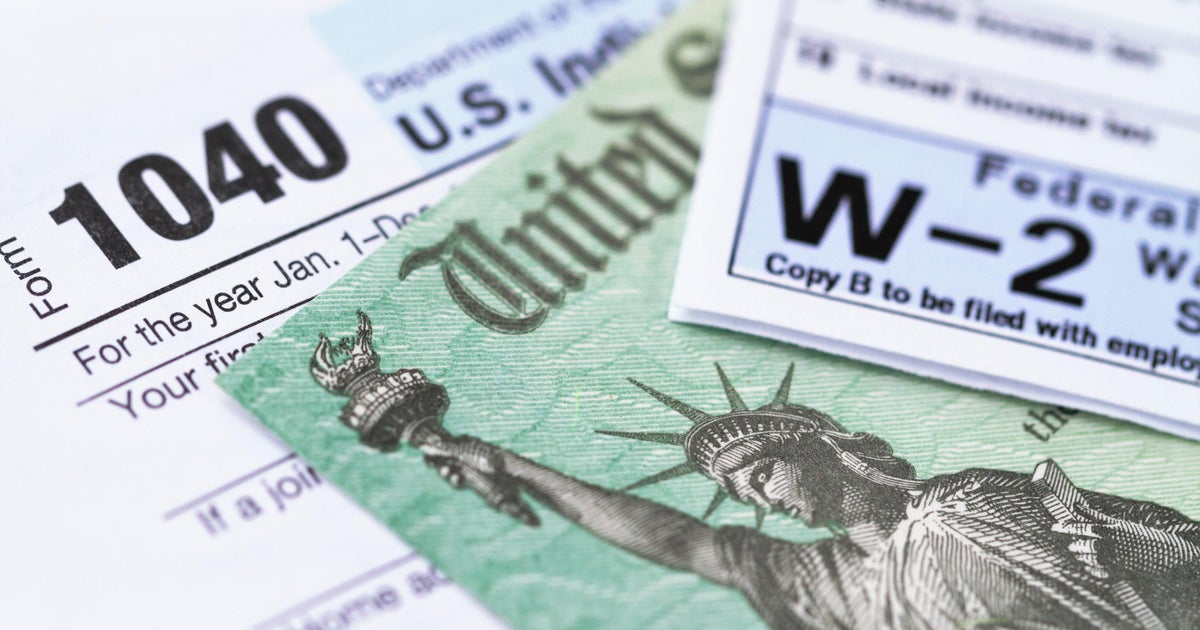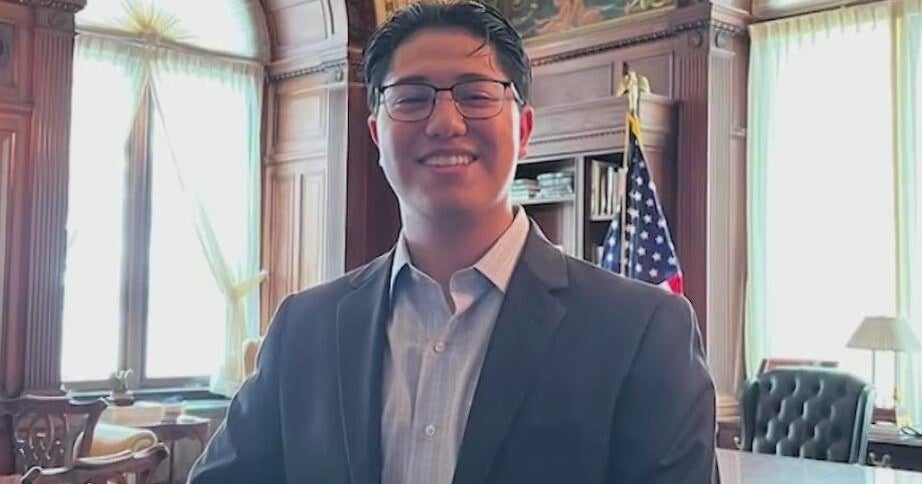The US Federal Reserve Board has ignored Donald Trump’s ferocious campaign for lower interest rates. Amid the uncertainty about the impact of Trump’s trade wars, however, the central bank’s decision-making can only get harder and more politicised. There’s already a fracturing of the board occurring.
While the Fed’s chair, Jerome Powell, remains unmoved by Trump’s intensely personal attacks – there was another of those social media posts on Wednesday in which Trump said “Too Late (his label for Powell) MUST NOW LOWER THE RATE” – there were the first signs of dissent within the Fed’s Open Market Committee that decides US monetary policies. There were 11 voting members on the committee.
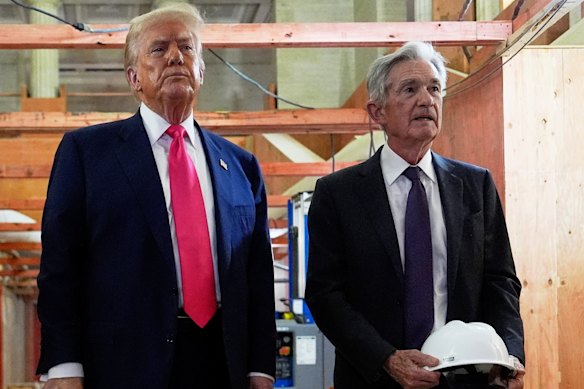
Jerome Powell is standing strong in the face of mounting pressure from Donald Trump.Credit: AP
Two Trump-appointed Fed governors – deputy chair Michelle Bowman and one of Powell’s putative successors when his term as chair expires next May, Christopher Waller – voted in favour of a 25 basis point cut to the federal funds rate.
It was the first time since 2020 that two members of the committee (which includes members who aren’t governors) dissented, and the first since 1993 that two board governors broke ranks.
At the heart of the uncertainties paralysing the Fed are Trump’s tariffs and their impact on the US economy.
Loading
The staggered way they have been announced, deferred and altered, with most yet to take effect, means that their impacts on the economy, on employment and on inflation will progressively show up over quite a protracted period.
It might not be until well into next year - or even beyond - that a clearer picture of the effects of the trade wars and whether they are transitory or entrenched is available.
Powell referred to the uncertainties in a press conference after the decision to leave the federal funds rate unchanged was announced.
“A reasonable base case is that the effects on inflation could be short-lived, reflecting a one-time shift in the price level.
“But, it is also possible that the inflationary effects could instead be more persistent, and that is a risk to be assessed and managed,” he said.
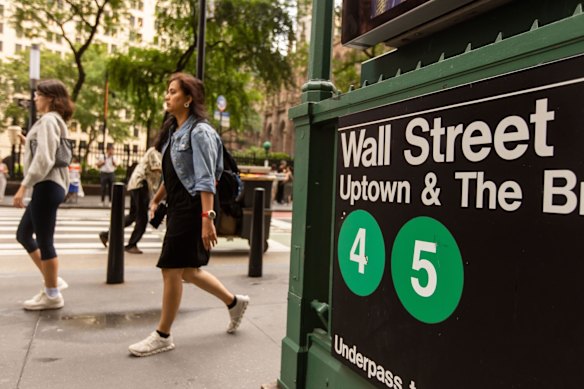
It might not be until well into next year or even beyond that a clearer picture of the effects of the trade wars and whether they are transitory or entrenched is available.Credit: Bloomberg
“We’re going to need to see the data, and it can go in many different directions. We’re going to make a judgement based on all of the data.”
The data to date appears benign. The economy grew at an apparently very robust 3 per cent annualised rate in the June quarter, prompting the White House to claim it as evidence that Trump’s policies have ignited a new “Golden Age.”
Beneath the headline number, however, things weren’t quite as golden. In the first quarter of the year the economy actually contracted, as companies front-loaded their imports to get in ahead of Trump’s tariffs. In the June quarter, those bloated inventories were run down and imports fell away.
If the first half is looked at as a whole, the economy grew at an annualised rate of 1.25 per cent. In the same half last year, when Joe Biden was in the White House, it grew at 2.3 per cent.
Moreover, the US inflation rate, at 2.7 per cent, is still above the Fed’s target of 2 per cent and, even before the bulk of Trump’s tariffs are active, there are signs of tariff-related goods inflation. To date, on the available data, there is no evidence of a need to reduce rates. Indeed, a case could be mounted for a rate rise.
Powell said he still expected tariffs to flow through to consumer prices but that the process might be slower than expected and that some companies might be finding it difficult to fully pass on the costs to consumers because consumers were unwilling or unable to pay higher prices.
A case in point is the US car manufacturing sector, where the companies have yet to raise their prices despite substantial tariff-related cost increases. General Motors has estimated the tariffs will cost it between $US4 billion and $US5 billion ($6.2 billion-$7.8 billion) this year. Ford said on Wednesday that the tariffs would cost it $US3 billion this year.
Loading
Some US companies are starting to raise prices. Amazon, Walmart and other retailers have said they will have to raise some prices and, also on Wednesday, the giant consumer products group, Procter & Gamble, said it would raise prices on about a quarter of its product range because it expects a $US1 billion hit from the tariffs.
In theory, the tariffs should produce a one-time impact on prices and inflation.
The complex layers of duties Trump has imposed on raw materials, semi-finished and finished goods, the messy way in which the tariffs are being rolled out and the degree of uncertainty in what the final trade picture will look like, given the key deals with major trading partners are more statements of intent rather than conventional detailed and binding trade agreements, however, complicates evaluations of their effects.
Powell said it was a “very dynamic time” for trade negotiations but “we are still aways away from seeing where things settle down.”
“What we see now is, basically, the very beginning of whatever the effects turn out to be on goods inflation. They may be less than people estimate, or more than people estimate. They are not going to be zero.
“Consumers will pay some of this. Businesses will pay some of this. Retailers will pay some of this. We’re just going to have to see it through,” he said.
Trump has been piling on the pressure on Powell, even using a blowout in the costs of the Fed’s renovations of its Washington headquarters to try to pressure him to resign or provide an excuse to fire him “for cause.”
He wants lower interest rates to help generate greater economic growth and lower the cost of servicing the US government’s soaring debt levels – debt that will increase substantially as a result of his “One Big Beautiful Bill” that cut taxes and increased spending.
Powell said the government’s interest costs weren’t something the Fed took into account.
“We have a mandate and that’s maximum employment and price stability. We don’t consider the fiscal needs of the federal government. It’s just not something we take into consideration,” he said.
He also left open the possibility that, after his term as chair ends next year, he might serve out the rest of his term as a governor, which doesn’t end until 2028, despite the administration saying that he should, as other chairs have, leave the board when he relinquishes the chair.
Trump is going to appoint a successor to Powell who will do his bidding, or at least try to. The administration expects to appoint that person in the near term and hopes that they will, before they displace Powell, effectively become a “shadow” chair whose views influence the Fed and markets and overshadows Powell’s.
The worst-case scenario for Trump is that Powell doesn’t bow out gracefully, remains a governor and retains his influence over the majority of the Open Market Committee members.
In effect, because he is seen as a protector of the Fed’s independence from politics and politically-driven decision-making – vital for its credibility and the stability of US financial markets – he would become the shadow chair.
Loading
That would really frustrate and infuriate Trump, but might help avoid a meltdown in US financial markets that could occur if the Fed were seen as being captured and directed by Trump.
The Business Briefing newsletter delivers major stories, exclusive coverage and expert opinion. Sign up to get it every weekday morning.
Most Viewed in Business
Loading



